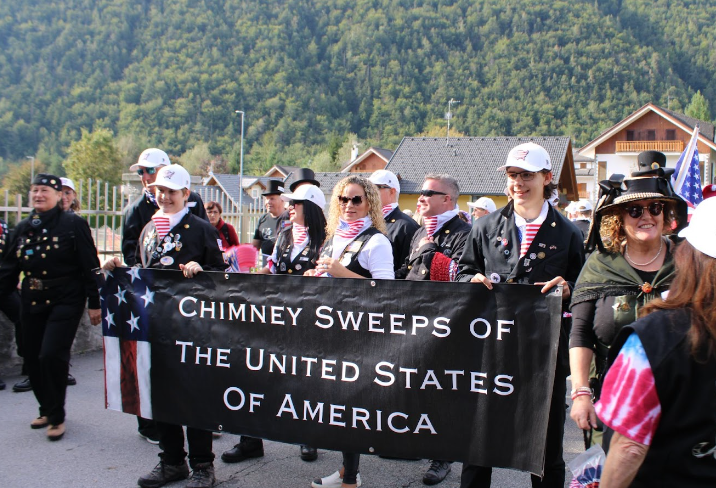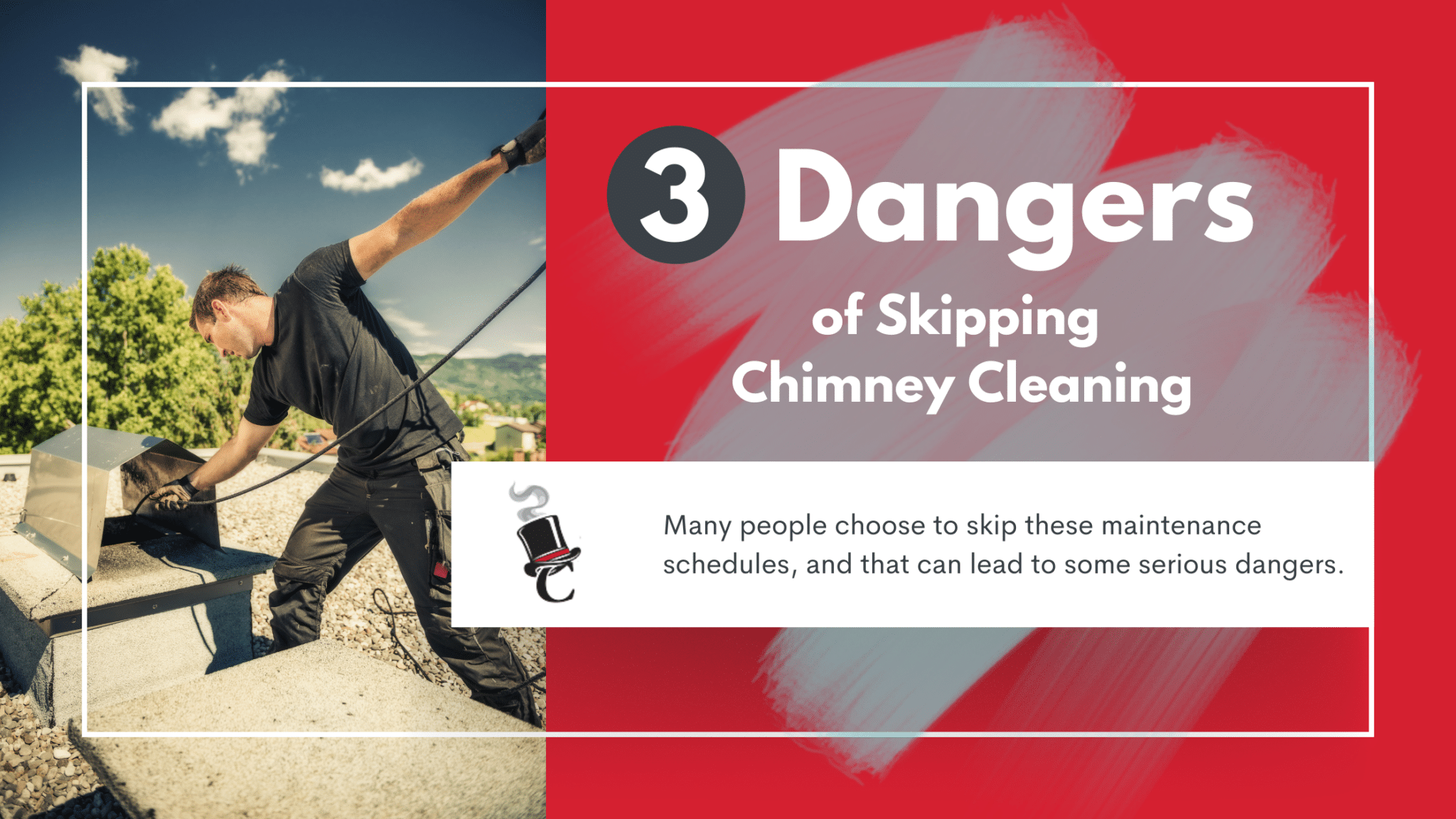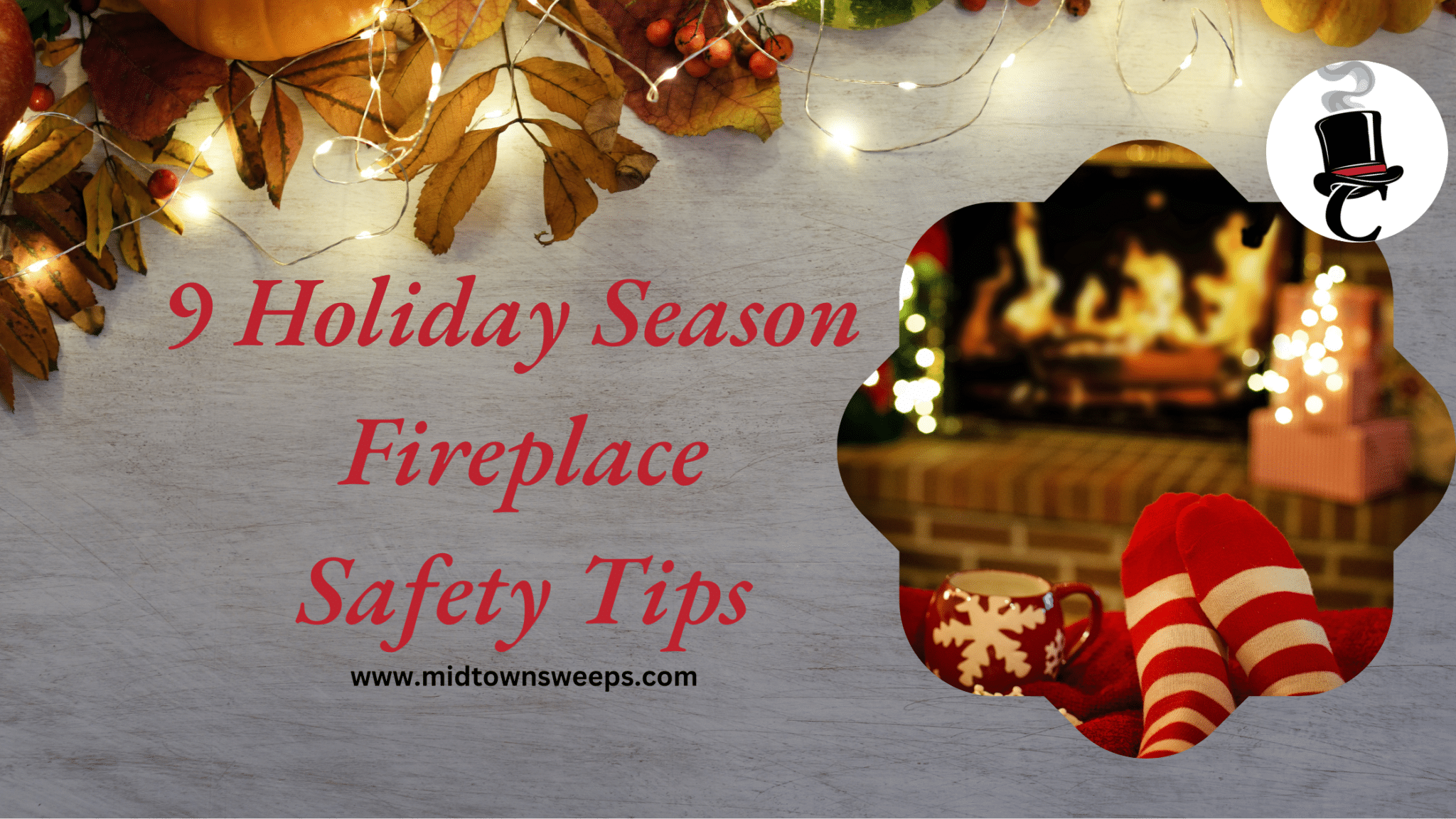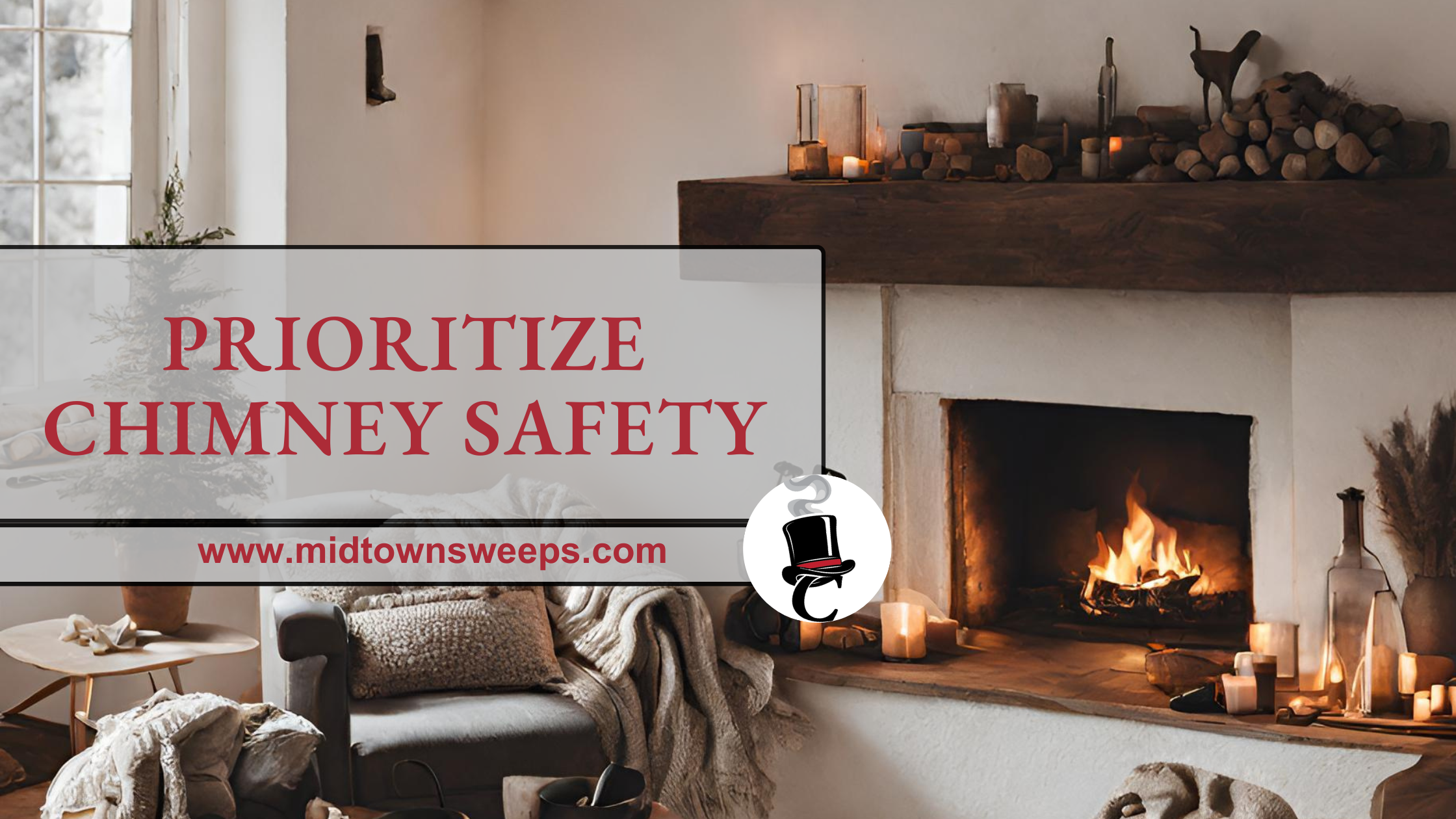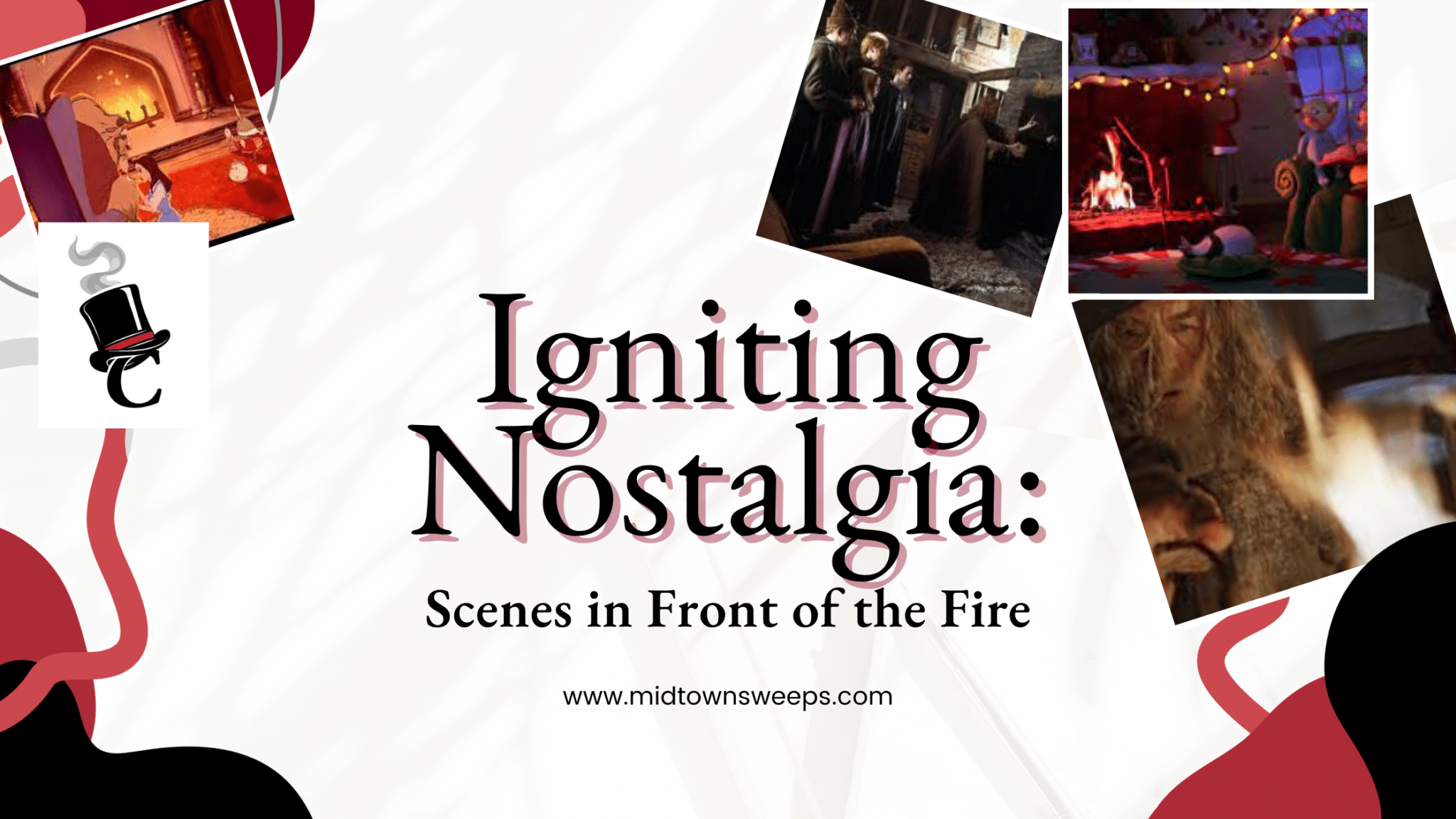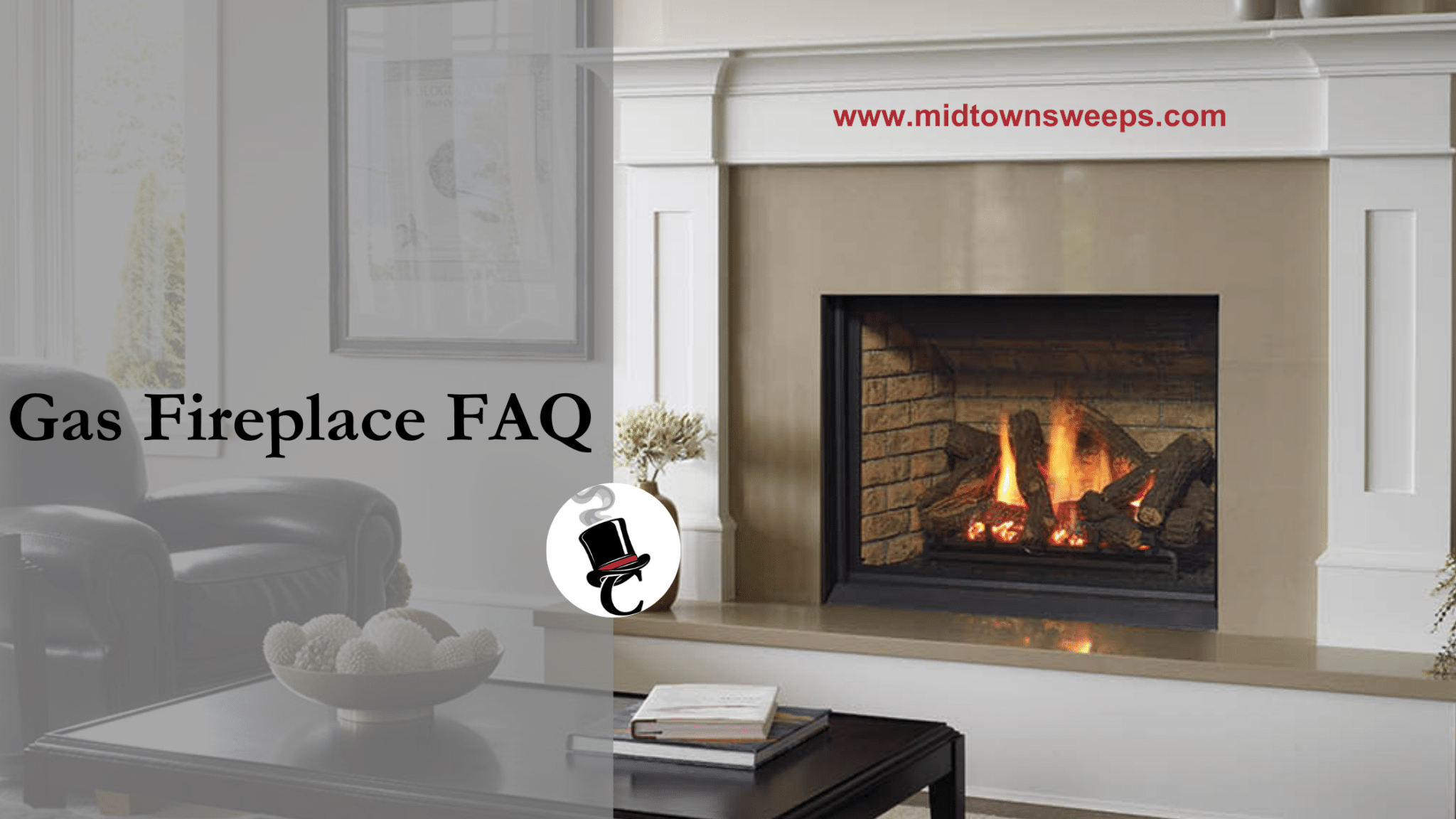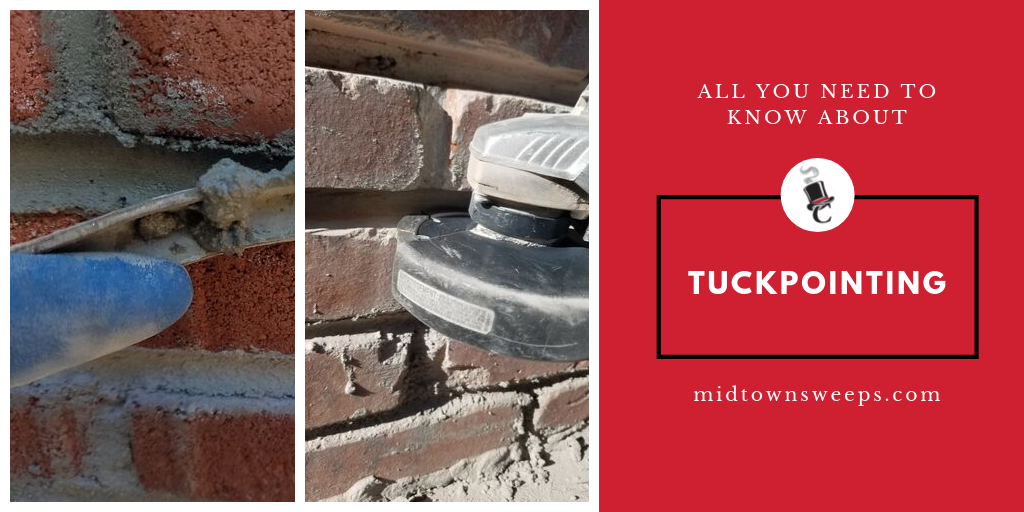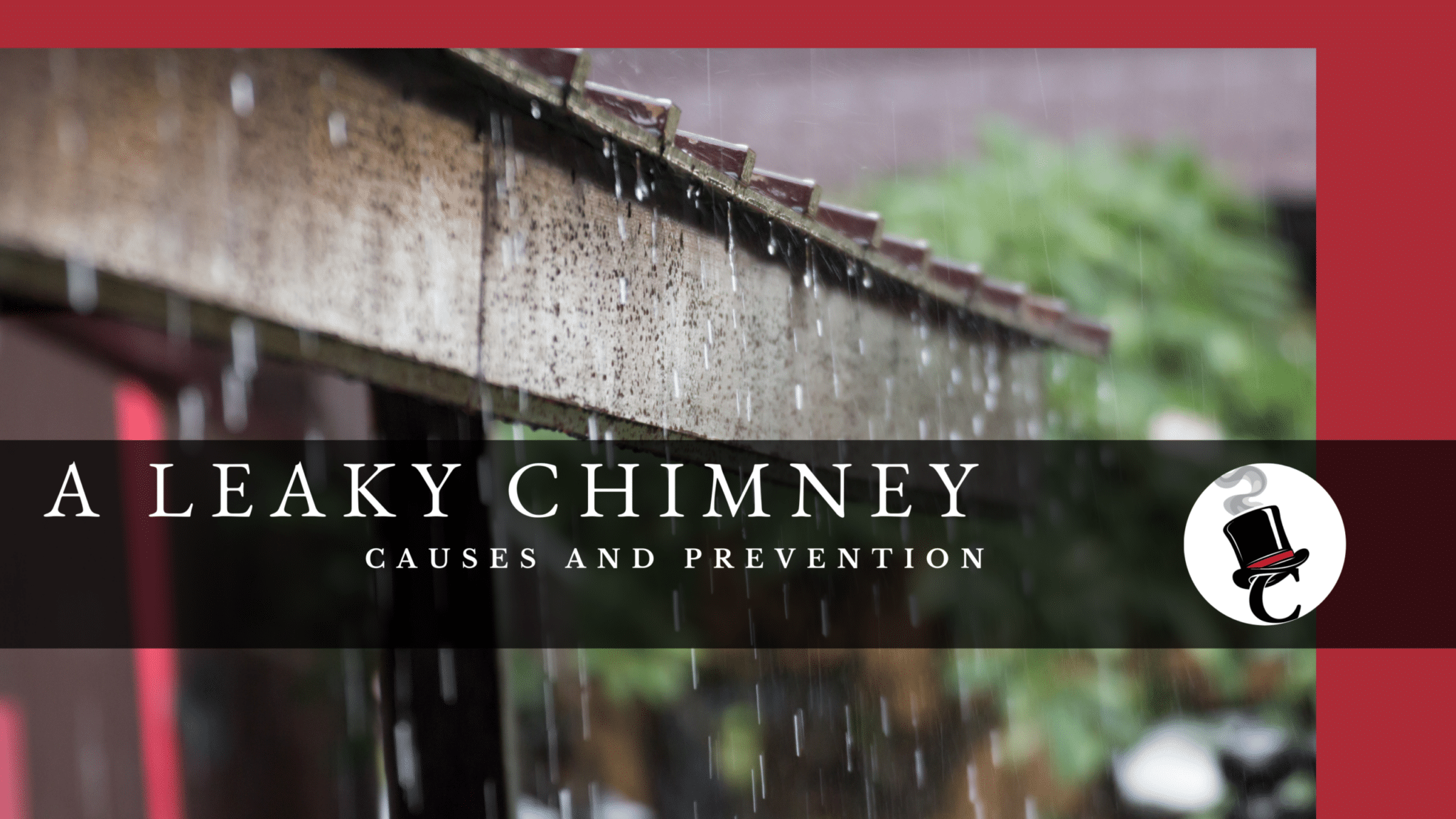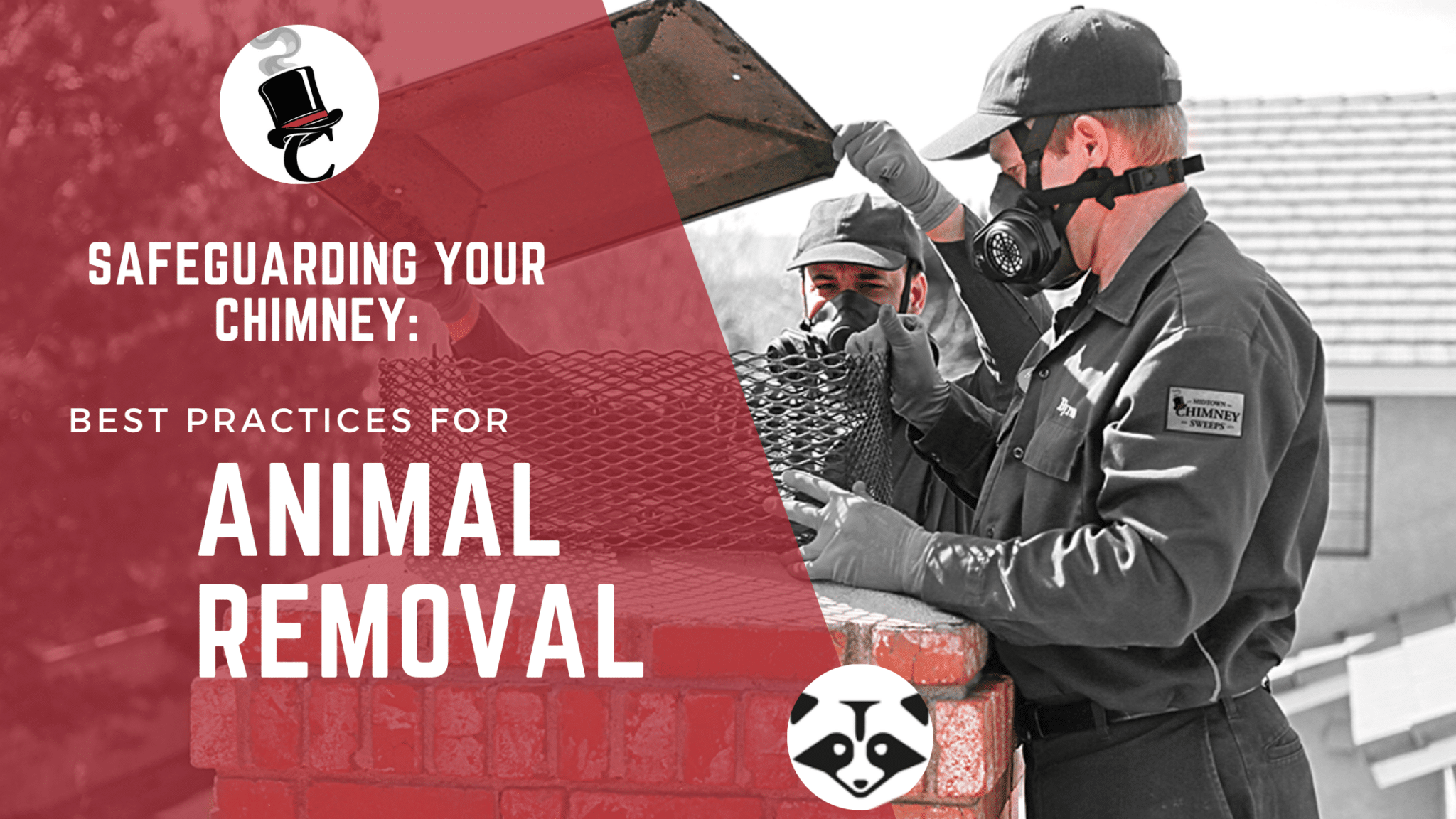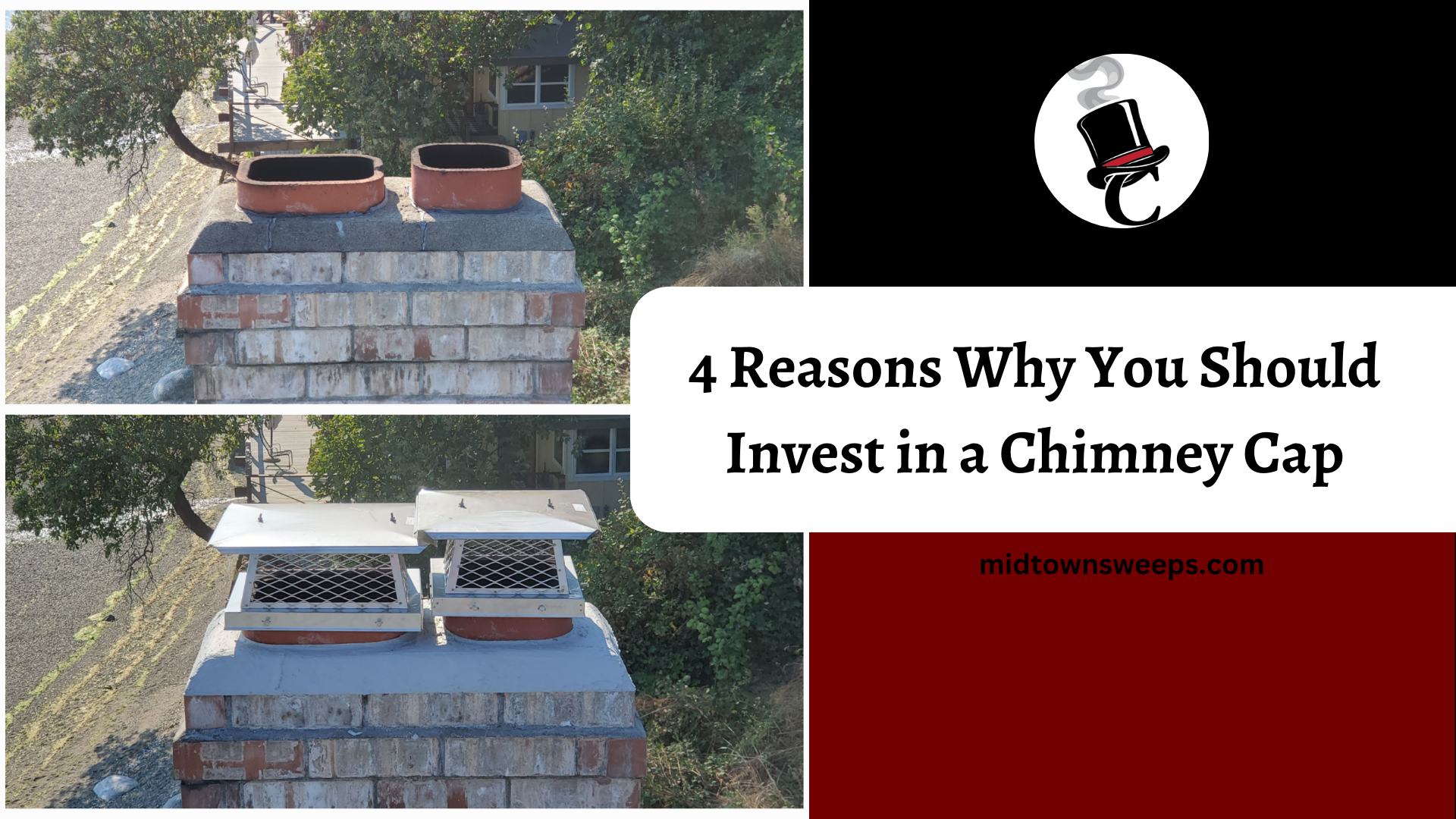In the middle of the coldest months, you don’t want to lose valuable heat to leakage or outside interference. When it’s warmer, you have the perfect opportunity to clean, inspect, maintain, and even upgrade your home’s chimney and ventilation system.
Here are a few details to keep in mind when looking for a chimney sweep.
General Chimney Sweep Details
As with any trade, you need a way to prove someone’s expertise. Word of mouth helps, but what if the people you trust aren’t quite sure of what matters when it comes to maintenance and inspection?
Word of mouth can backfire easily. It’s not just about a professional having a bad day; if your peers are amateurs in this specific subject, they could be dealing with an excessive mess and slow performance as if it’s normal. After all, if they don’t know what good performance looks like, how can they gauge it.
A quality chimney-sweeping service will cover a few of these points:
- Do they have step by step details for their process?
A professional should have a plan to not only do the job right and with best practices, but to have it done in a timely fashion. They don’t need to explain every part of the process inch by inch, but they should be able to provide a general overview. - Are they aware of creosote?
This is what separates actual chimney service from people who are “good at cleaning” in general. Creosote is highly flammable substance that forms when wood isn’t burned completely.
Unlike soot, there are still material left in this byproduct of the combustion/burning process. In general, if there is more than 1/4th an inch of material on the interior of the chimney, there’s likely creosote. Ask the professional what creosote is, how they would check it, and how they plan to clean it. - What certifications and insurance do they have?
For your protection and theirs, the professional should be certified and licensed, or licensed and supervised by a professional. Certifications include the CSIA (Chimney Safety Institute of America), F.I.R.E. (Fire Investigation Research and Education), NFI (National Fireplace Institute), or a regional certification authority that can be confirmed at your local fire and rescue station or the US Fire Administration (a part of the Federal Emergency Management Agency or FEMA).
Vital Chimney Inspection Points
Chimney inspections happen at various tiers, and depend on whether this is a full inspection for the first time, a full inspection after a chimney or fire mishap, or a follow-up inspection for a household with regular chimney maintenance.
A visual inspection of the chimney includes searching for obstructions, creosote, soot, and damage to the chimney. If the building has been damaged in the past from a fire, storm, earthquake, or other significant events that could have affected the chimney’s structure, a more thorough inspection is necessary.
The professional should also check the roof, attic, chimney-attached parts of the building, and crawl spaces to look for additional damage. Working with a team of other contractors may be necessary, as there could be damage to other parts of the home that need a general contractor or a specialist.
Damage to chimney could cause a fire through ash and ember leaking, and fumes could lead to suffocation. While lethal suffocation is a risk, chronic fatigue and respiratory problems are slow, silent killers of lives and productivity. These issues are similar to risks posed by mold, invisible gas poisoning, and allergies.
Contact a Midtown Chimney Sweeps for a professional chimney sweep and chimney maintenance. Get in touch to discuss all the vital details to keep your home warm and safe.

